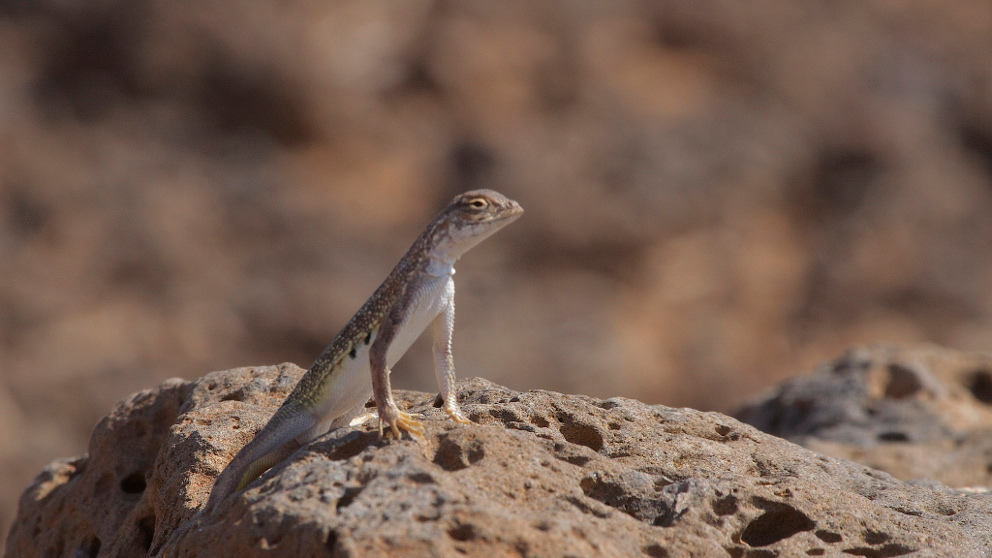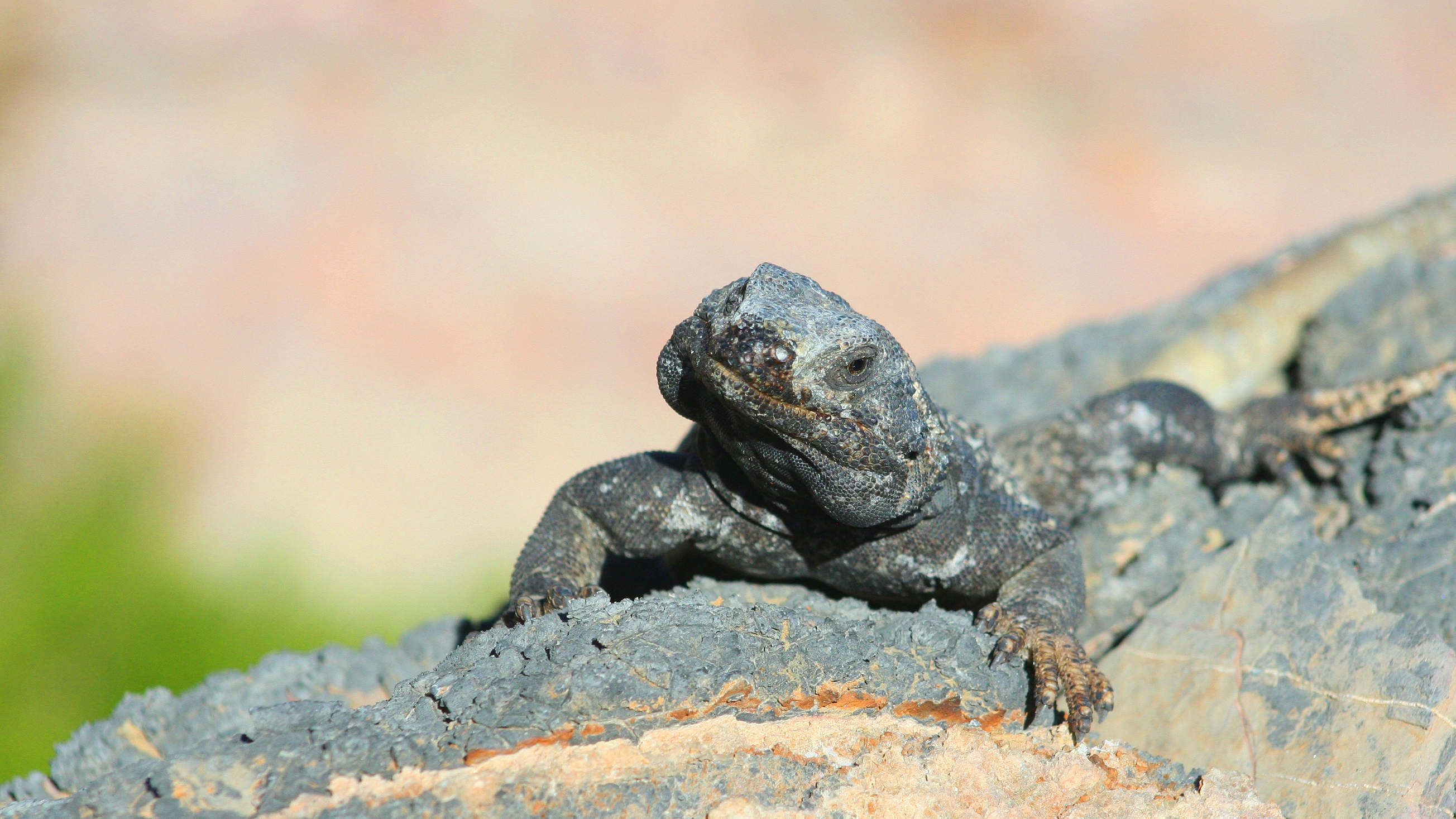Cryptic Species Lurk Even in North America
When it comes to determining the number of animal species we have here on Earth, biologists don’t have a good count — not even close. Thousands are discovered every year, and newly discovered genetic differences continue to spur reclassifications of many other animals we thought we knew. And while it’s exciting to discover these so-called ‘cryptic species,’ their contribution to our understanding of the planet’s biodiversity will also play an important role in future conservation decisions.

A lesser earless lizard, a reptile native to the American southwest. DNA evidence shows that the animal actually comprises several distinct species. Visual by Gregory Slobirdr Smith/Flickr.
In the last fifteen years, researchers have taken a look at specimens from tropical areas like Madagascar and the Amazonia-Guianas region. By sequencing short stretches of DNA to quantify how related animals are — a technique called DNA barcoding — biologists have revealed that there are at least twice as many amphibian species than they had estimated based on looks alone.
A new study has taken that same technique and applied it to North America. Even though the continent gets plenty of attention from biologists, only 14 percent of its reptile and amphibian species have had their DNA sequenced. Analyzing the specimens of 274 species, this new study increased the figure to 43 percent. The researchers didn’t find a trove of undiscovered species hiding in unexplored areas, but they did confirm hunches that certain, widely dispersed animals were actually several species. They also found mistakes in the identification of museum specimens.
The results suggest that there could be even more species to discover.
“You really need the genetic information to tell the species apart, to say this is a cryptic species complex,” said Anne Chambers, a PhD candidate at University of Texas at Austin and the lead author of the study. Though differences in a small stretch of DNA don’t prove animals come from different species, Chambers said it’s a reliable way to flag cases where biologists might want to take a closer look.
While North America has fewer species and has historically received more scientific attention than the tropics, Andrew Crawford, a biology professor at the University of the Andes in Colombia, said Chambers’ study shows that surprises hide even in well-studied places. Crawford explained that, after the DNA is analyzed, if biologists return to the field and find the populations have different mating calls or slightly different appearances, they’re probably separate species. This is important because species that look similar don’t necessarily do the same thing in the ecosystem. If a species is not officially “discovered,” it’s at risk.
“You can only write legislation to protect it if it has a name,” Crawford said. If an agency is choosing where to place a nature reserve and wants to protect the maximum number of species, having an inaccurate species count is a problem, he said.
Chambers’ study showed big genetic gaps among the specimens of three reptiles — the lesser earless lizard, the desert iguana, and the common chuckwalla. Each name probably covers at least two species — and the lesser earless lizard could actually have several. This helps confirm earlier hypotheses that these populations contain more than one species, but herpetologists haven’t sorted out just how many there are yet.
According to David Vieites, a researcher at the Spanish Research Council, the planet’s changing climate means it’s important to preserve even very similar species.
“By preserving all the diversity, we are actually preserving millions of years of evolution, as well the evolutionary potential for the future,” Vieites said. For example, it’s unclear which lesser earless lizard lineage will adapt the best to climate change. “If we only preserve one of them, we may lose all if this one cannot deal with climate change.”










